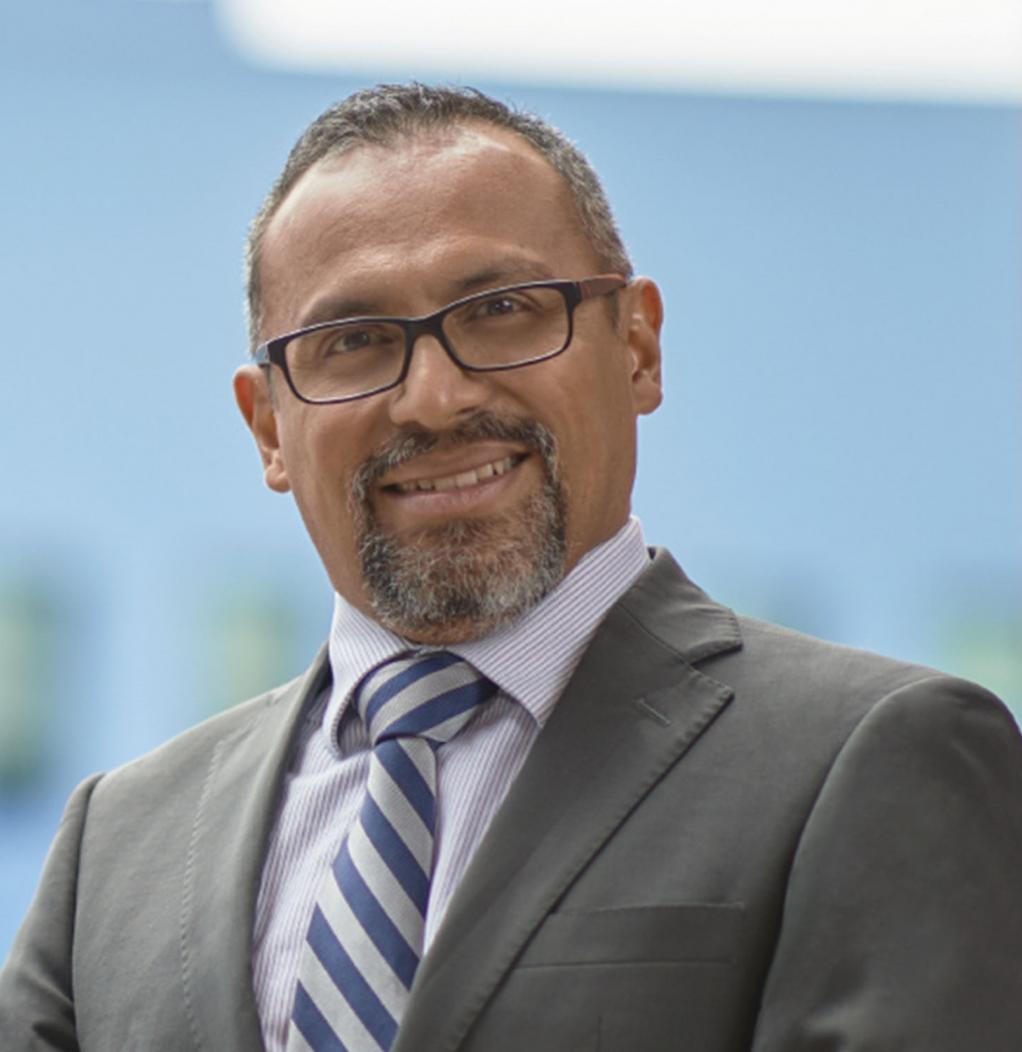After two years, the change that the pandemic has brought to many companies and society in general is clear to see. Many decision-makers have wondered what would have happened if their situation had been different at the start of the pandemic, how they would have dealt with it, or what would have happened to their products and services or distribution channels.
Observing the world in retrospect is undoubtedly different. In hindsight, solutions emerge more fluidly. However, when we get ready to project the future, we come up against barriers that prevent us from envisioning business models, products or markets (with the exception of some of the disruptive proposals that stand out in the business world).
Today we can anecdotally discuss companies that once enjoyed great success, such as Kodak, Blockbuster or Nokia. Many voices agree on what they should have done to define a course that would have ensured not only their permanence, but also their evolution.
In general, companies prepare for a linear world, when, in actual fact, our reality undergoes constant, unexpected and not always foreseeable changes in consumer behavior, the geopolitical situation and supply chains, as well as constant technological advances and adoptions. Operations are seen as drivers and activators, while strategy is the direction and jump. And together they organically develop a business model.
In Mexico, according to data from INEGI (Mexico’s National Institute of Statistics and Geography), the life expectancy of a business is 9.7 years in the industrial sector, 6.9 years in the commercial sector, and 8 years in private non-financial services, which gives us an average of 8.2 years. Although this is the result of a combination of factors, today more than ever a different dynamism can be observed. Context, both local and global, which has always affected business, now plays a leading role in geopolitical, technological and social aspects alike.
Over the past two years, we have lived with physical distancing, developing a path towards the touchless economy. We have also redefined the scale of values on possession, moving towards the sharing economy. In addition, we have developed a different vision and openness towards technology. An illustrative fact: between them, the Google Play Store and the Apple App Store have more than 3 million apps, according to statistics from the Digital Trends site.
With all these changes in the environment, we are clearly shifting from "can't" to "had to." There were many fears around home office, for example, and when it was adopted, it meant savings for a large number of companies and increased productivity. The same thing happened with virtuality and process management.
So when we plan and project for the future, what are we really preparing for and how do we do it? Do we want to be disruptors and proponents, or are we only seeking to be witnesses and then, in the worst case, displaced or relegated in our sectors?
For example, we have understood that there is a huge difference between companies that do things digitally and those that are digital. The latter have a clear, shared digital culture and vision.
Nowadays there is also a different reality regarding what is implied, expected and understood as customer service. We have a different vision of technology as a strategic partner and goals have been redefined at a personal and organizational level. The potential of the cloud, Artificial Intelligence, the Internet of Things, and Data Analytics has been discovered. Furthermore, talent retention and development has a new dimension and value.
Topics such as agility and flexibility are already in the vocabulary of many organizations, together with innovation and paradigm shifts. Many lessons have been learned, but there are still more to be learned. We must remember that we live in an environment dominated by the prefix re-: re-build, re-configure, re-define, re-think, re-focus, etc.
Designing a strategy and projecting its future effects has always been a complex and, for many, enigmatic task. The fact of the matter is that today more than ever we must use evidence, look for correlations, detect patterns, and, at the same time, understand trends. This will enable us to design businesses that are more suited to and in line with the present and future reality, so that, instead of waiting for the future, we can build it inside and outside our organizations.
The author is director at EGADE Business School Guadalajara.
Article originally published in Forbes México.
